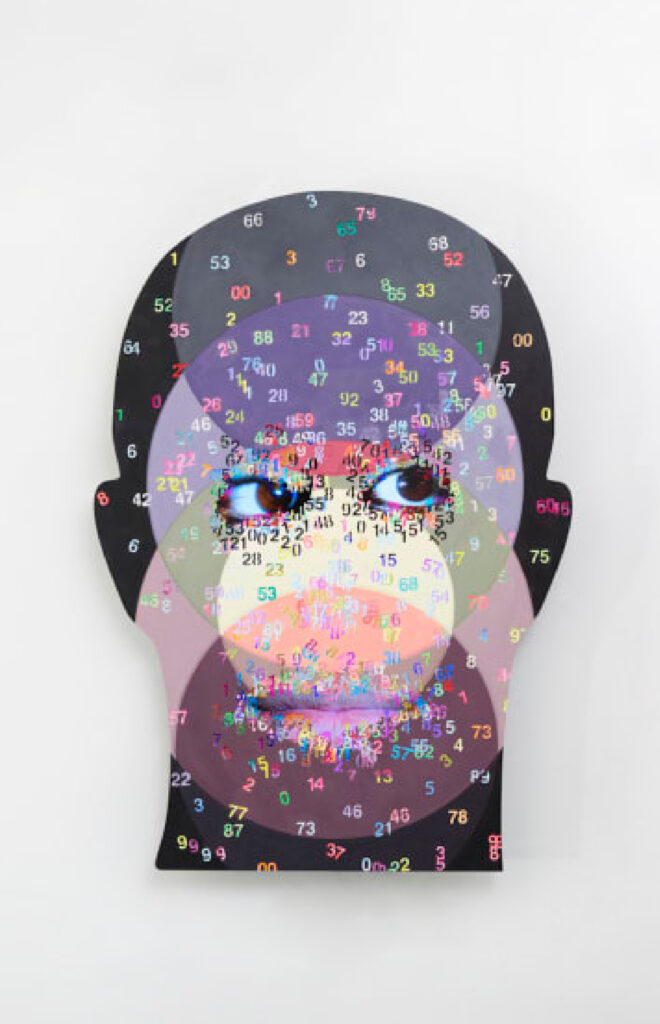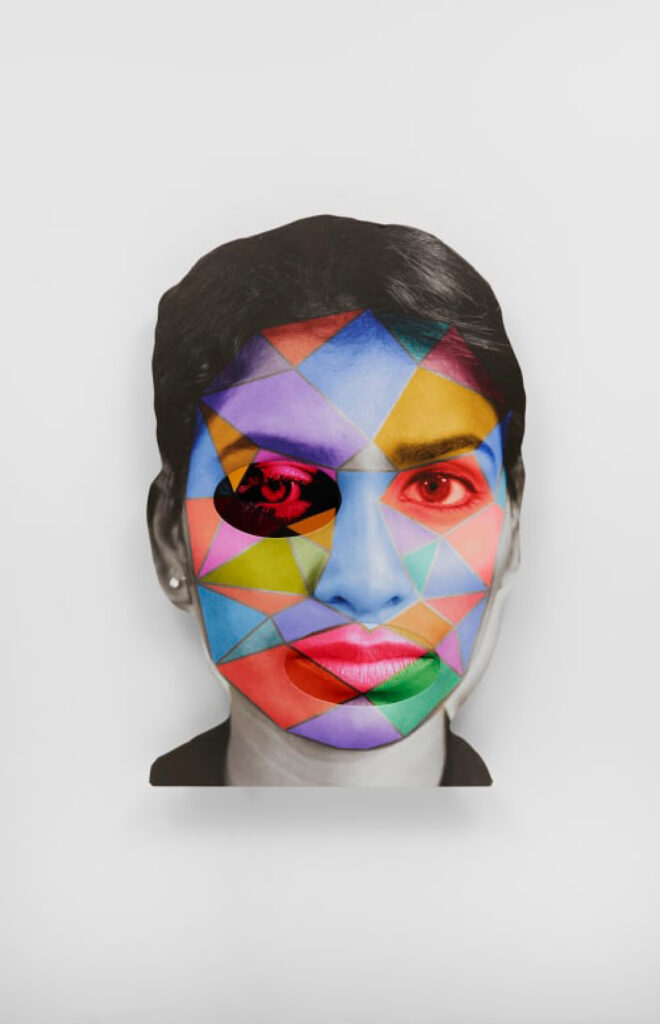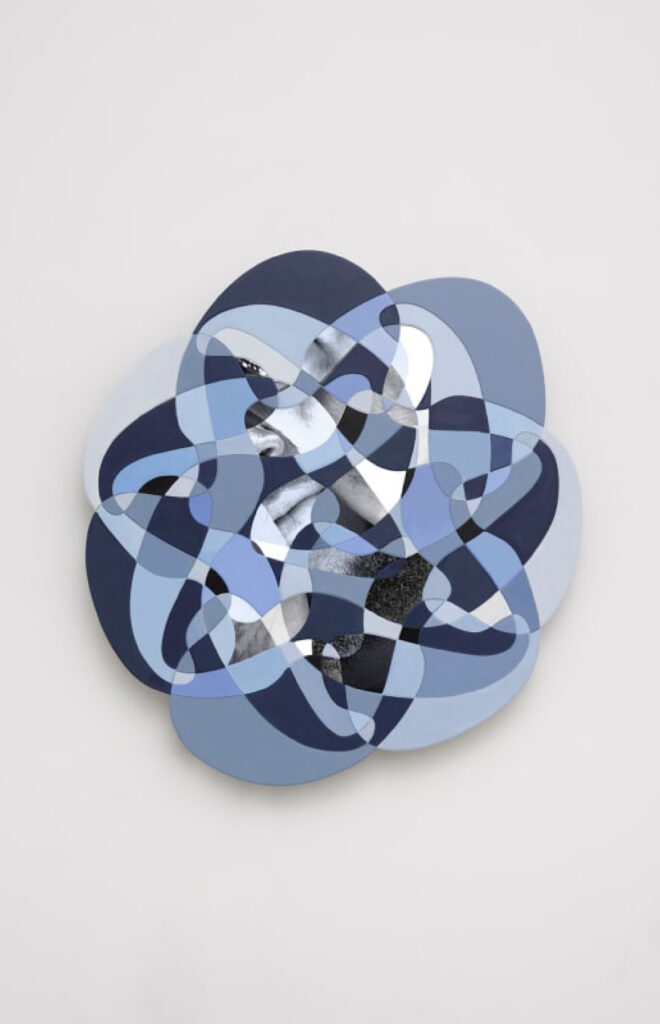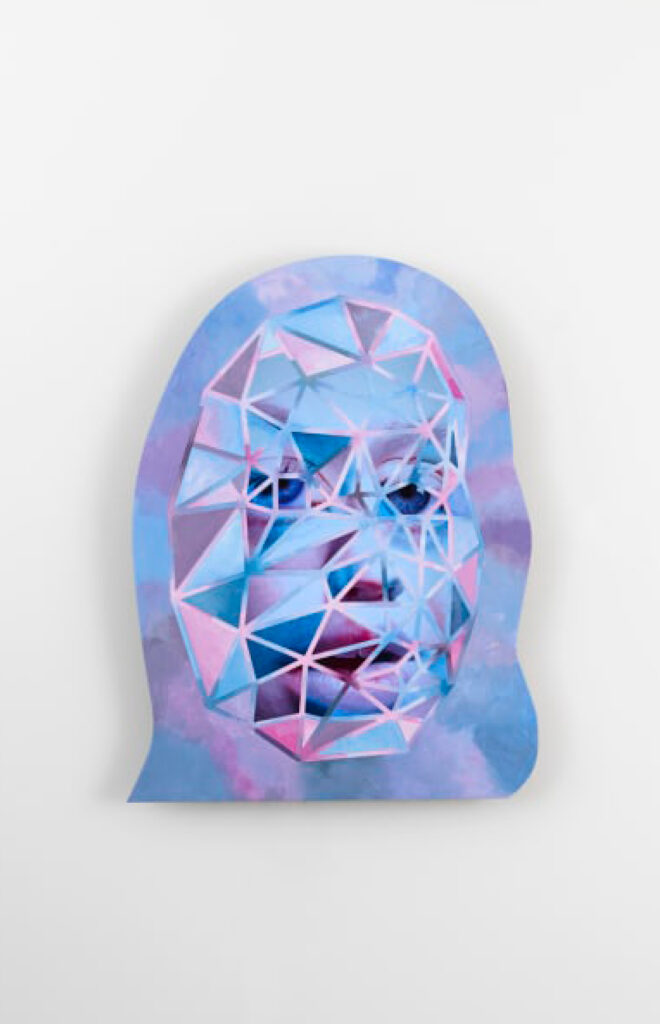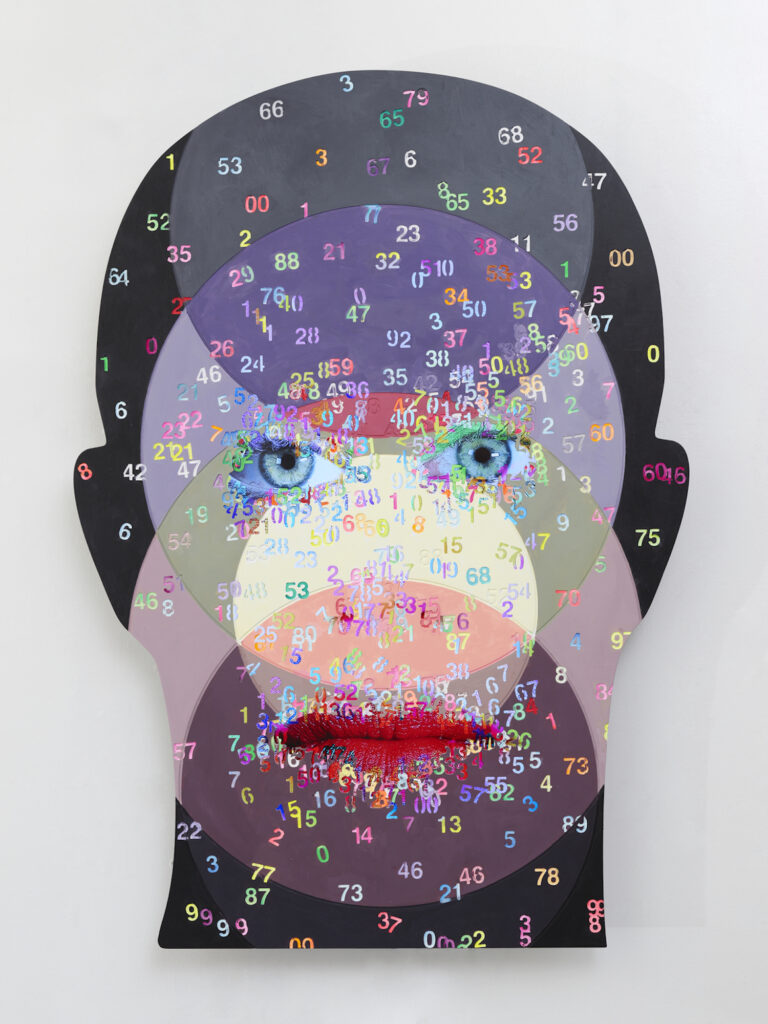
Always rooted in the mediums of painting and film, Tony Oursler conjures sculptural and immersive experiences using technologies that hark back to magic lanterns, Victorian light shows, camera obscura and auratic parlour tricks, but that also look forward to the fully networked, digitally assisted future of image and identity production. As a pioneer of video art in early 1970s New York, Oursler specialized in hallucinogenic dramaturgy and radical formal experimentation, employing animation, montage and live action. From performative and low-fi beginnings, Oursler has developed an ever-evolving multimedia and audio-visual practice utilising projections, computers, video screens, sculptures and optical devices, which might take form as large-scale installations or intimate digital effigies or bots, ethereal talking automatons or immersive and sometimes cacophonous environments.
As part of Art Basel’s 2021 ‘OVR: Pioneers’, Lisson Gallery will present five works from a recent series inspired by facial recognition technology and its presence as a new kind of portraiture. Each work engages with this new dynamic between humans and machines as both portrait, surveillance and speculative futures. Animating his installations with fantastical characters or abstracted figures and faces, these stainless steel and aluminum panels present a noticeable return to an almost passive two-dimensionality, their audio components adding up only to intermittent whispers of computer-like commands and isolated phrases. Overlaid with the latticed configurations and cardinal points used in facial recognition technology, the characters depicted vary in their representations of humanness.
Oursler’s enduring fascination for the conjunctions between the diametrically opposed worlds of science and spiritualism have allowed him to explore a variety of subcultural activity and belief systems. As a pioneer of new media art since the 1970s, Oursler’s practice encompasses the themes explored in Art Basel’s ‘OVR: Pioneers’.

